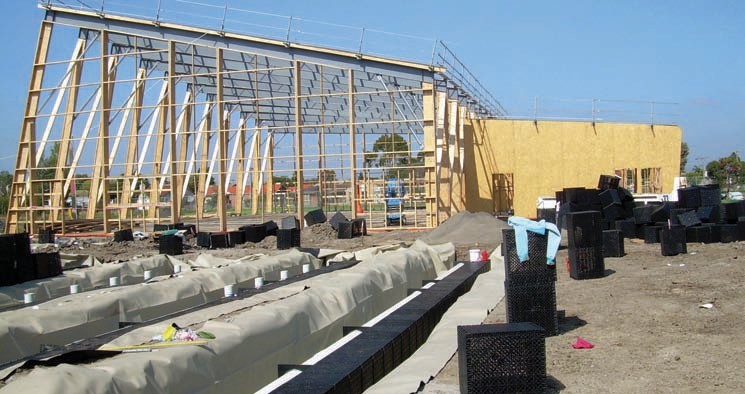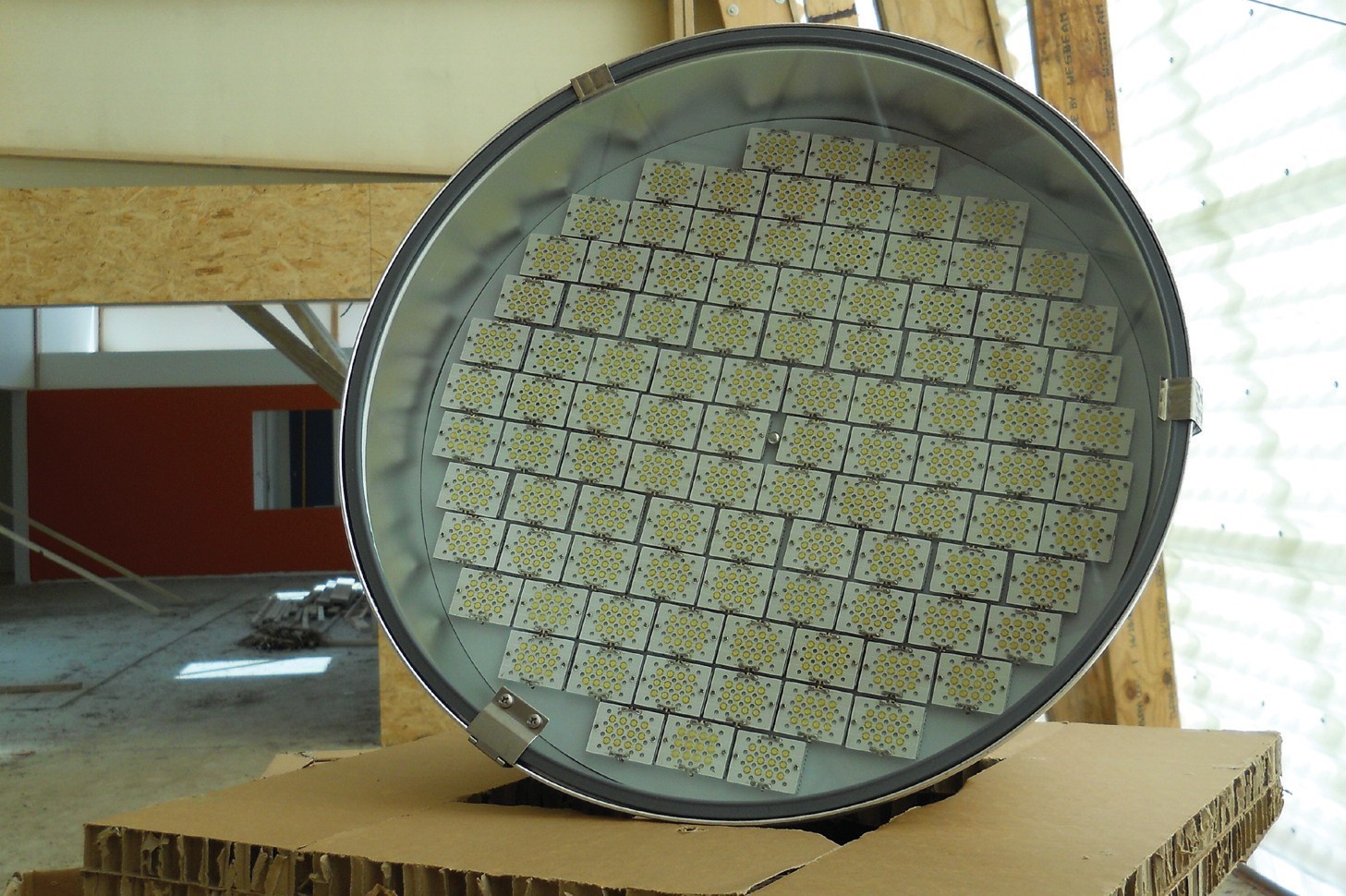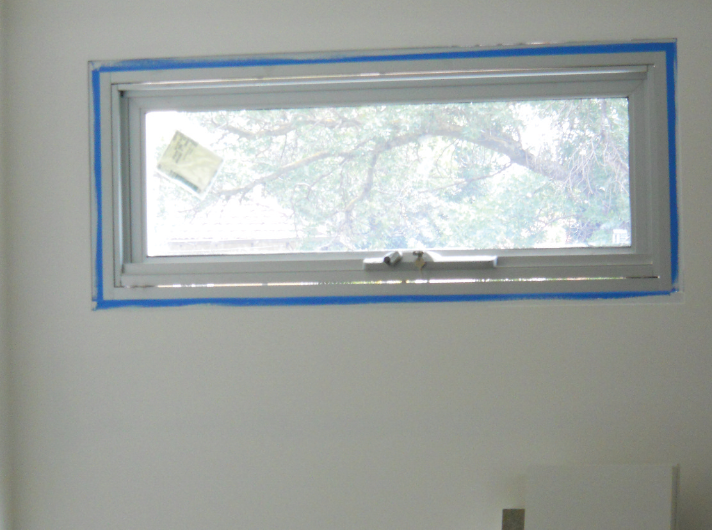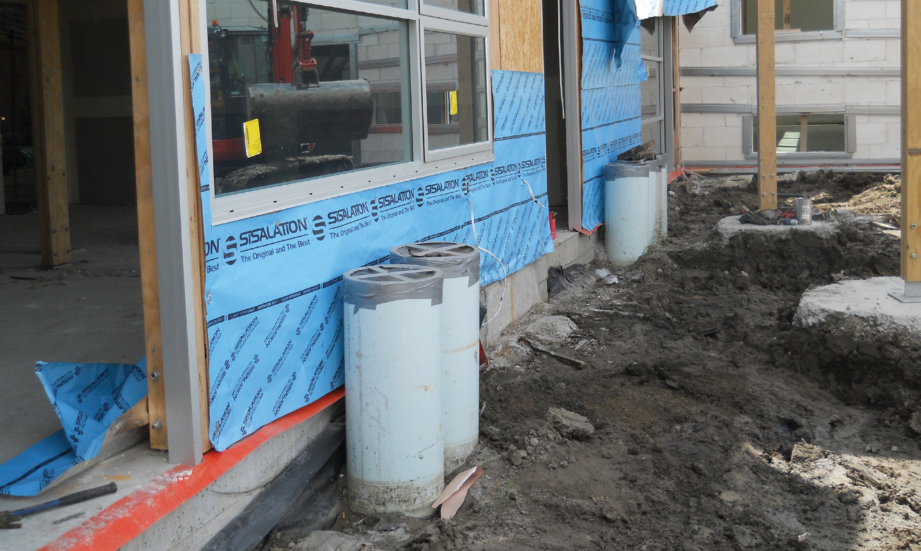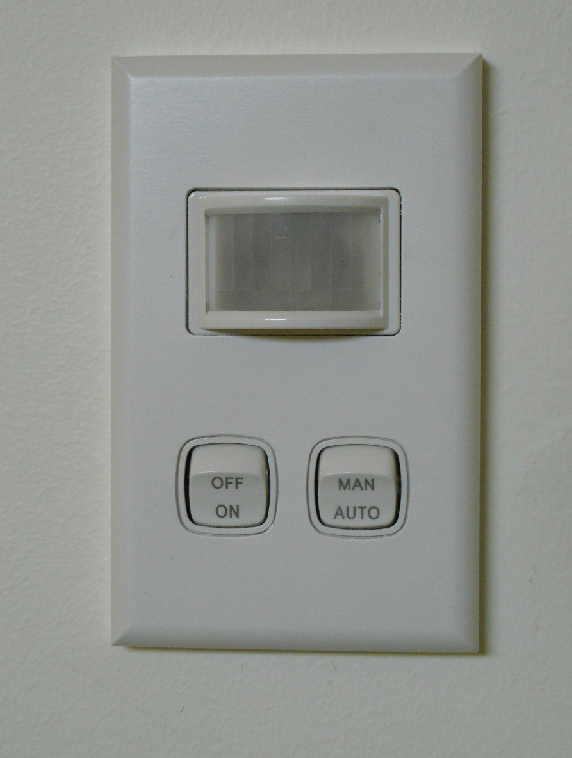Broadmeadows Primary School
In 2011, Roderic Bunn revisited Broadmeadows Primary School in Melbourne to see how construction of the ground-coupled ventilation system was progressing, and how the designers were using innovative low-energy light sources.
This article originally appeared in BSRIA’s Delta T magazine January 2011. It has been posted here by --BSRIA.
Innovation can fall into one of two camps: that which fulfils a client’s craving need, or that which fulfills a designer’s craving desire. Satisfying both is quite rare, especially with ostensibly active green technologies that often create more management and maintenance than clients have been lead to expect.
Innovation in passive engineering, on the other hand, can lead to far more robust fit-and-forget installations.
In June 2010, Delta T reported on the construction of Broadmeadows Primary School in Melbourne, Australia, where the architect (Now Achitecture) aimed to cool the school’s supply air by drawing it through water-encased foundations (‘Pooled Resource’, Delta T June 2010). BSRIA took the opportunity to revisit the site in November 2010 to see how the project was shaping up.
Broadmeadows is notable as it signals a major shift in Australian school design. The passive engineering is far more akin to UK design practice than traditional Australian engineering, which tends to air-condition or mechanically ventilate as a matter of course. Here, ventilation relies on a natural thermosyphon, where supply air, up to 40°C in summer, is drawn through the water-encased ducts and injected into the occupied space. Air rises through internal heat gains and wind-assistance to be exhausted at high level.
A high quality of construction, particularly fabric airtightness, is required to ensure that the thermosyphon operates correctly. Heat gains from lighting and small power need to be strategically located, based on intrinsically efficient equipment, and well controlled. To this end the architect specified the use of light-emitting diode (LED) lamps for the sports hall. With sports hall lighting usually very energy-intensive, LEDs might just be the great get-out-of-gaol card that school designers are seeking.
It will be useful to see if the LEDs deliver comparable light at a much lower wattage.
The images below show the developing aspects of this revealing project. Delta T intends to report on the performance of the school once it is operating.
Above. Fluorescent luminaires in recessed fittings or metal halide lamps in a pendant fitting would usually be appropriate for a high-bay sports hall of the kind provided at Broadmeadows. Instead, the architect opted for a Chinese-made Zhejiang LED Pendant fitting of 120 W (100 x 12 W LED arrays), around half the wattage of a conventional pendant lamp suitable for this context. The gross weight of the fitting, with a glass light deflector, is under 14 kg. The supplier quotes a life of 30,000 h, a luminous flux of 9,600 lm, and a beam angle of 130 degrees.
Above. Good levels of airtightness at junctions of walls to floors and roofs, as well as around penetrations such as windows, will be vital for ensuring that the thermosyphon effect is maintained. The architects are aware that Australian builders are on a steep learning curve — not supported by any requirements for airtightess testing in the Australian building codes — and that very good levels of sealing will be needed.
Above. The intake ducts, taped off and yet to be finished off with cowls, adjacent to the school’s external walls.
Above. Passive design doesn’t mean that user controls should be basic. If anything, the user controls need to be designed with even greater care so the occupants know precisely what button to press to get the desired effect. Automatic lighting controls often alienate building occupants when they turn on and off nonsensically. A lack of manual override can compound the problems. At Broadmeadows, lighting can be switched between automatic and manual control using very intuitive and well-labelled switches.
[edit] Find out more
[edit] Related articles on Designing Buildings Wiki
Featured articles and news
Welsh Skills Body (Medr) launches ambitious plan
The new skills body brings together funding and regulation of tertiary education and research for the devolved nation.
Paul Gandy FCIOB announced as next CIOB President
Former Tilbury Douglas CEO takes helm.
UK Infrastructure: A 10 Year Strategy. In brief with reactions
With the National Infrastructure and Service Transformation Authority (NISTA).
Ebenezer Howard: inventor of the garden city. Book review.
The Grenfell Tower fire, eight years on
A time to pause and reflect as Dubai tower block fire reported just before anniversary.
Airtightness Topic Guide BSRIA TG 27/2025
Explaining the basics of airtightness, what it is, why it's important, when it's required and how it's carried out.
Construction contract awards hit lowest point of 2025
Plummeting for second consecutive month, intensifying concerns for housing and infrastructure goals.
Understanding Mental Health in the Built Environment 2025
Examining the state of mental health in construction, shedding light on levels of stress, anxiety and depression.
The benefits of engaging with insulation manufacturers
When considering ground floor constructions.
Lighting Industry endorses Blueprint for Electrification
The Lighting Industry Association fully supports the ECA Blueprint as a timely, urgent call to action.
BSRIA Sentinel Clerk of Works Training Case Study
Strengthening expertise to enhance service delivery with integrated cutting-edge industry knowledge.
Impact report from the Supply Chain Sustainability School
Free sustainability skills, training and support delivered to thousands of UK companies to help cut carbon.
The Building Safety Forum at the Installershow 2025
With speakers confirmed for 24 June as part of Building Safety Week.
The UK’s largest air pollution campaign.
Future Homes Standard, now includes solar, but what else?
Will the new standard, due to in the Autumn, go far enough in terms of performance ?
BSRIA Briefing: Cleaner Air, Better tomorrow
A look back at issues relating to inside and outside air quality, discussed during the BSRIA briefing in 2023.
Restoring Abbotsford's hothouse
Bringing the writer Walter Scott's garden to life.
Reflections on the spending review with CIAT.







